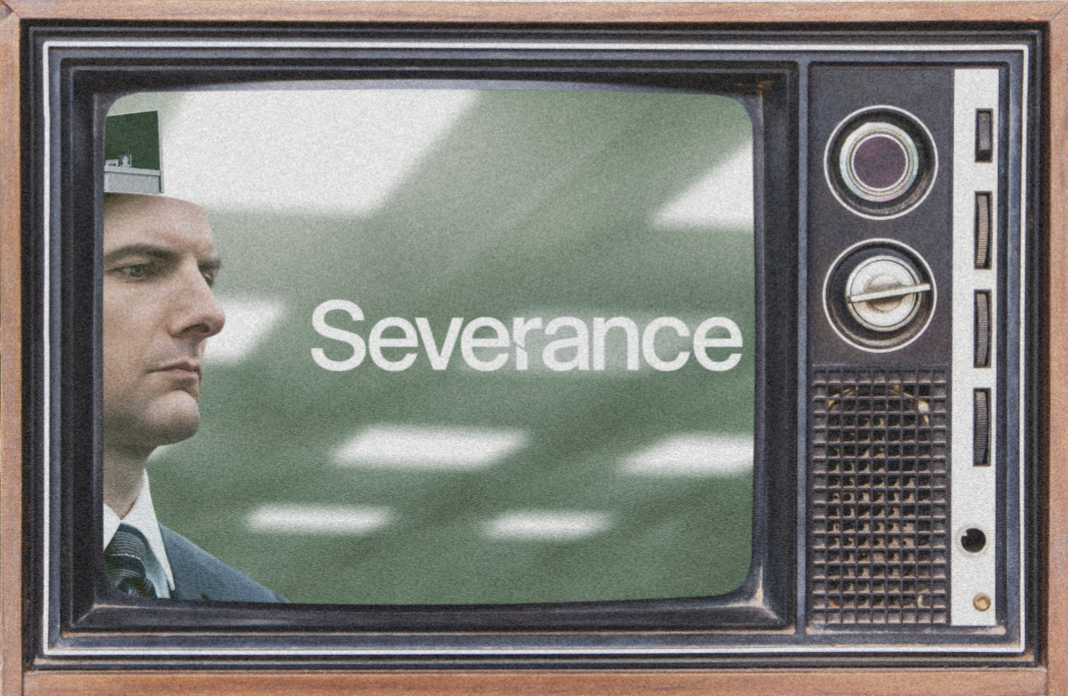Throughout history, beauty standards have been a prevalent social pressure for women across the globe. The media has played a critical role in the recent perpetuation of unattainable standards, further defining women solely by their physical appearances. Whether through Botox injections, laser treatments, or liposuction, the beauty industry has provided women with high-maintenance solutions to meet these extreme expectations. Women have felt and continue to feel pressured into looking a certain way, forever berating themselves for not living up to what the public expects of them.
Although beauty standards are invariably evolving with time and with respect to different cultures, there has been one pervasive expectation: a thin, slender body type. Across all forms of media — advertisements, TV shows and social platforms — pressure to maintain this ideal figure has grown stronger. The recent revival of the early 2000s aesthetic, marked by a toxic obsession with thinness, has further fueled harmful diet culture. References to supermodel Kate Moss’s infamous mantra, “Nothing tastes as good as skinny feels,” exemplify this resurgence. Although there have been recent efforts to combat this deep-rooted toxicity, such as body positivity movements, diet culture has persisted. While Hollywood no longer promotes weight loss through cocaine, it has transitioned to using drugs like Ozempic instead.
Ozempic is an injectable prescription drug originally developed to treat Type 2 diabetes. The active ingredient is semaglutide, an appetite suppressant that acts as GLP-1– a hormone that signals to the brain when the stomach is full. According to the Pew Research Center, the high demand for semaglutide began in 2017, when the Food and Drug Administration (FDA) approved Ozempic for diabetes treatment. Patients with morbid obesity or diabetes have experienced great success with this drug as a treatment.
However, many non-diabetics have started to use Ozempic primarily with the intention of changing their appearance. Beginning from 2021, when it was shown on a nationally aired feature exploring the weight loss properties of semaglutide, celebrities and influencers began endorsing Ozempic as a miracle drug. On TikTok, videos about Ozempic have accumulated millions of views, spurring a craze for the drug.
Pali health teacher Susan Ackerman said that this kind of drug should strictly be prescribed when necessary—for individuals with diabetes and severe obesity.
She explained that one negative health effect for non-diabetics using Ozempic is rapid weight loss.
According to Ackerman, the body typically loses no more than two pounds of fat each week until it plateaus. With ingredients like semaglutide, the rapid weight loss caused by weight loss drugs can be continued to an extreme for people who don’t necessarily need the loss, causing potential malnourishment.
To the disappointment of those using Ozempic for weight loss, taking these drugs won’t support long-term moderate weight loss goals, according to Ackerman. “What happens when you go off the drug? People won’t change their behavior and habits,” she said.
Not only is Ozempic unhealthy for weight loss, but this sudden rise in demand has impacted diabetics with legitimate needs for semaglutide. Pharmacists and healthcare providers are increasingly prescribing the drug off-label for the purpose of weight loss. The FDA reports the status of the semaglutide injection as “currently in shortage” with the cause as “demand increase for the drug.”
Additionally, due to celebrity popularization and doctors’ willingness to write prescriptions, Ozempic prices have skyrocketed. Low-income diabetic patients are especially affected, forcing many to switch to alternative treatments that may not fit their insurance plan. If prescribed doses of these medications are discontinued or rationed, patients are at increased risk of complications like cardiovascular disease and hyperglycemia.
“Adolescents have done some very extreme things in order to look like a certain body type that fits societal standards, which we have made up completely,” Ackerman expressed.
She emphasized that families should remind teenagers, especially daughters, that the media promotes unrealistic beauty standards. When teenagers see their favorite actresses or content creators taking Ozempic, they may rationalize compensating for their inability to access the drug by eating less, compulsively exercising, or even using other appetite suppressants like nicotine. This could exacerbate the eating disorder crisis that is already dire among teens.
“I think it really starts with their families,” Ackerman said. “How do their parents perceive their children? How do parents talk about their girls and their body image and their sense of inner beauty?”
The “quick fix” nature of drugs like Ozempic, and their normalization by celebrities, has contributed to the notion that a person not only needs such a substance to fix their insecurities but is entitled to do so. Despite this, there is potential to shift these distorted mindsets that lead to this. By destigmatizing the negativity associated with food and challenging our internalized biases, we can resist the pressure to succumb to the toxicity of modern diet culture. This, in turn, will empower younger generations to be the healthiest version of themselves.









